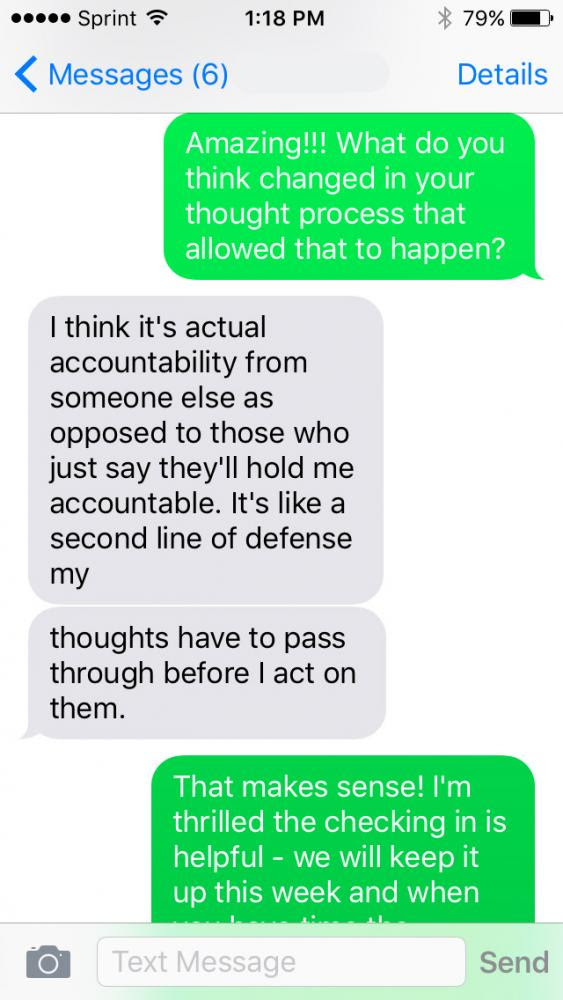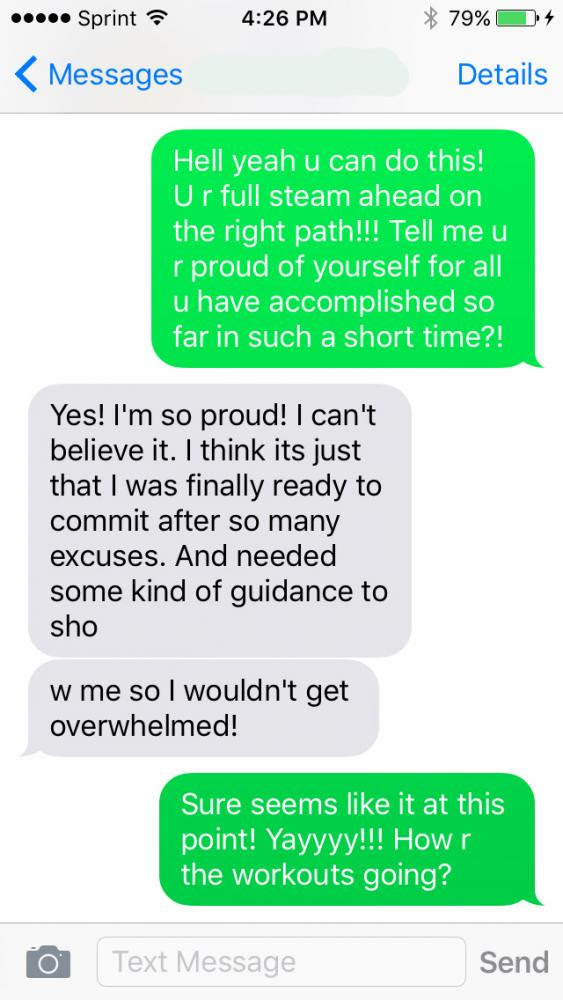There is a well-known saying ‘you are what you eat’, and luckily, more and more people are turning to healthy (not to mention cruelty free, vegetarian and vegan) nutrition, eating more superfoods, and reaping the beauty benefits.
It does not only do wonders for your overall fitness and health, but healthy nutrition also has amazing benefits when it comes to beauty. The saying that beauty comes from within has never been more true and evident.
Healthy body, glowing skin – what is there not to love? And this could all be yours if you just include the following five superfoods into your daily nutrition. Once you go super, you will never look back.
Leaves for Life
By going green, we do not only mean recycling and being careful with your waste, but literally taking the green route when it comes to your nutrition. From green tea to spinach, any green foliage will do. Antioxidants and fatty acids found in green foods can help you hydrate and protect your skin from free-radicals and harmful molecules, reduce skin inflammation and slow the aging process by stimulating collagen production.
Speaking of green, let us not forget about algae, especially spirulina, which helps with detoxification, cleaning and cell renewal, and combats acne on top of everything else.
The Greenest of Them All
 Let us talk about the wonder that is matcha. Matcha is a finely ground powder of specially grown and processed green tea. In terms of its antioxidant and nutritional content, it holds the equivalent of ten cups of regular green tea. Apart from this, matcha contains chlorophyll, catechins, vitamins A and C, iron, potassium, protein and calcium. All of these serve as powerful tools in skincare.
Let us talk about the wonder that is matcha. Matcha is a finely ground powder of specially grown and processed green tea. In terms of its antioxidant and nutritional content, it holds the equivalent of ten cups of regular green tea. Apart from this, matcha contains chlorophyll, catechins, vitamins A and C, iron, potassium, protein and calcium. All of these serve as powerful tools in skincare.
The best part – it transcends nutrition and has become an active ingredient of organic skincare products used by many cosmetics powerhouses. It is amazing how cosmetics and skincare companies have realized the value of natural ingredients and are catering to the needs of those who wish to look beautiful, but who are also conscious about the environment and mindful of the ingredients they allow to touch their face.
Very Berry
Sure, you have heard of the amazing health benefits of blueberries, but are you familiar with goji berries? First off, these amazing berries are loaded with vitamin C that has antioxidant properties, which is especially important when combating premature skin-aging. Aside from vitamin C, this magical exotic berry is also important because of the fatty acids it contains, helping the skin be hydrated and rejuvenated.
Therefore, the next time you make a killer smoothie, be sure to hunt down this berry and pop it into your blender, but also look for skin products, especially natural anti-aging creams, that contain this berriest of all the berries out there.
Bring on the Seed
We realize that flax seeds, chia seeds and seeds in general are great for our metabolism and the well-being of our digestive flora, but did you know that they work wonders for the well-being and hydration of your skin as well? These little things are loaded with omega 3 – healthy fatty acids that guarantee full hydration and incredible silkiness of your skin.
Nut About Coconut (Oil)
So, in case you were wondering, no, they are not just a great part of your nutrition, but they are amazing for skincare. We suggest you go browsing for your next chia-based skin elixir or oil now.
Coconut oil has taken the beauty and health world by storm seemingly overnight, and everyone is jumping on the coconut bandwagon for a great reason. It is not only great for food preparation, thanks to its numerous advantages over many other conventional oils, but the craze for it in the beauty community is almost unbelievable. It serves as a great natural substitute for body lotions, and it can be used as a hair mask to get that extra silk and shine you have been coveting.
Aside from that, it is a gentle yet powerful, not to mention nutritive makeup remover as well as lip balm, and it has at least twenty useful beauty roles.
Now that you are all caught up with this super trend, which one of these gifts of nature are you going to put to the test first?





















